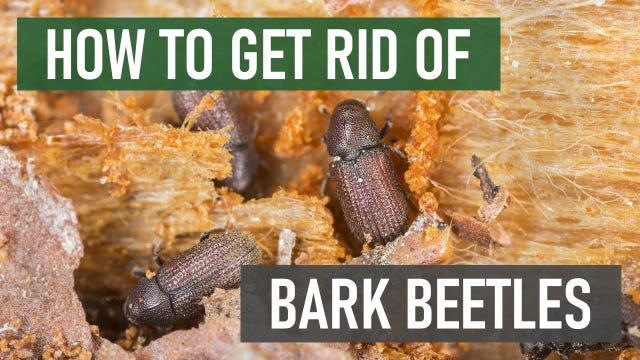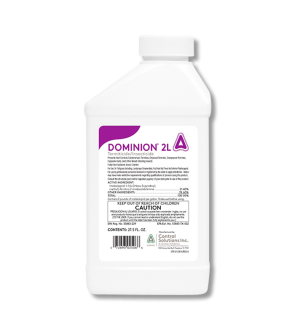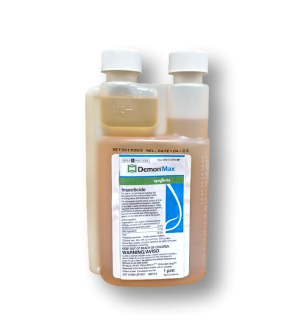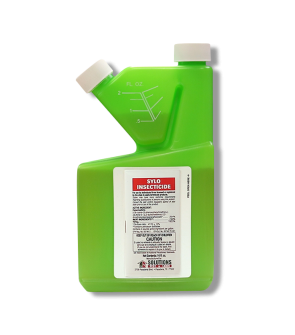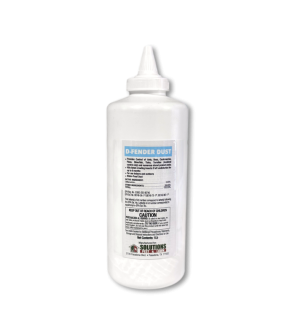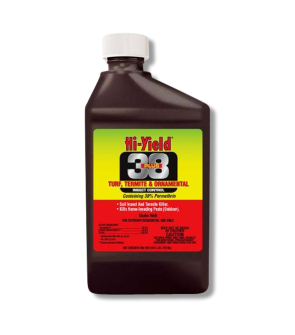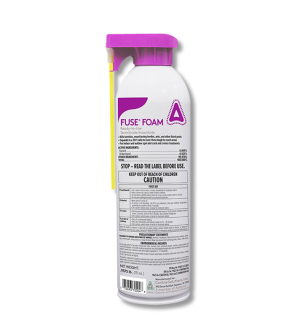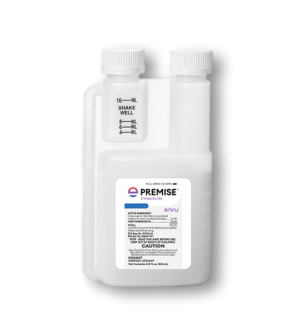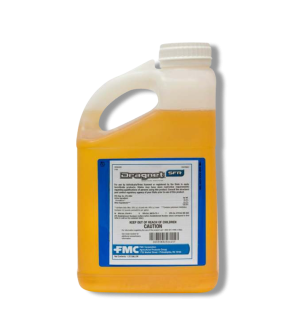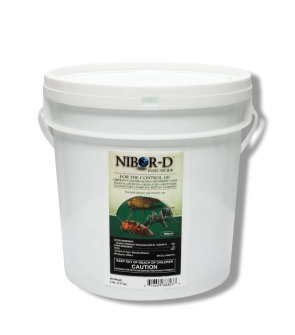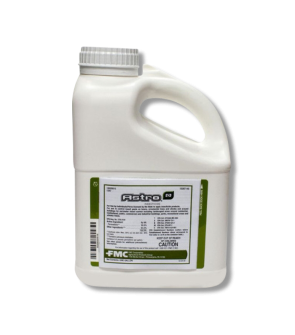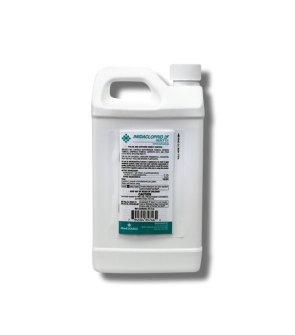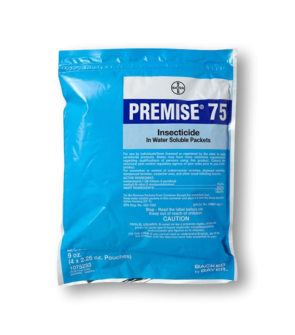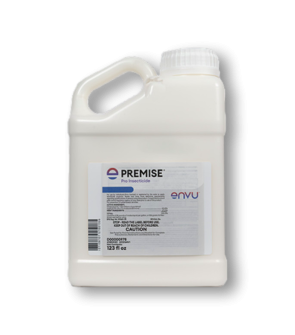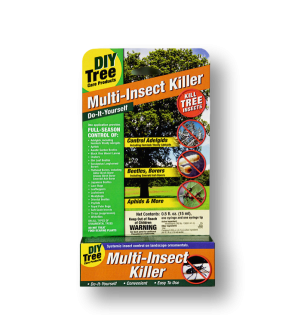Gain access to personalized product screening, the best pricing, rewards, and more!
Most Effective Products
Bark Beetle Control: How to Get Rid of Bark Beetles
This page is an expert guide on getting rid of bark beetle infestations using the products and methods suggested by our experienced pest control specialists. Follow this guide and use the recommended products. We guarantee you will be successful in eliminating bark beetles from your property.
Trees are an important part of the ecological system because they provide shade and help produce oxygen. They are also nice to have for the aesthetics of a landscape or yard. Unfortunately, many threats in the environment, such as bark beetles and tree-boring pests, harm trees.
Bark beetles (also known as pine beetles) are insects that infest trees in large numbers. They reproduce in the inner bark of trees and cause significant damage to both weakened and healthy trees. Over 600 species of bark beetles are found in the United States, and their populations have been rising steadily as the years pass.
What is most concerning about bark beetles is that they are becoming a year-round problem because of their increasing ability to survive winters and damage trees undergoing stress from changing seasons.
In this guide, we will show you how to get rid of bark beetles and what cultural practices you can use to prevent them from targeting your yard's trees.
Identification

It's important to identify and ensure you are dealing with bark beetles and not some other pest. Misidentification leads to using the wrong treatment method, which in turn wastes money and time. Here are some identifying facts on bark beetles:
- Bark beetles get their name because they reproduce inside the bark of the trees. The beetle is adapted from the old English word bitela, which translates to "litter biter."
- The species of tree that the beetles attack and where they attack these trees help to identify them better. For example, the engraver beetle attacks the top portion of large pine trees, while the red turpentine beetles attack the lower trunk of pine trees in particular.
- Bark beetles are typically dark red, black, or brown in color, cylinder-shaped, and have hard bodies.
- They are very small, about the size of a rice grain. Their forewings are tough and act as sheaths for the softer wings underneath, which the beetles use during flight. They also protect their soft abdominal parts.
- They also have very strong mouthparts, making them easy to tear into wood.
- Bark beetle larvae are pasty white and resemble small grubs with dark brown heads.
Use the image and description above to properly identify bark beetles on your property. If you are unsure, contact us, and we will assist with proper identification.
Inspection

Once you have confirmed that the pest you are dealing with is bark beetles, you can proceed with an inspection. During this phase, you will pinpoint the areas where bark beetles are most active so you know where to focus your treatment applications.
Where To Look
Focus your inspection on the trees on your property. Pay particularly close attention to tree trunks and tree branches. In some cases, the damage may be so severe that the tree cannot be salvaged, and you may have to remove the tree. If possible, inspect the trees near your property as well.
What To Look For
Look for signs of tree damage or live bark beetles. As mentioned in the identification section, the area where the tree is damaged, the species, and the type of damage can help you determine which bark beetle infestation you have.
Look for entry holes in the trunks and branches and check for galleries of different sizes and shapes (wishbone-shaped tunnels, J-shaped tunnels, etc.). You should also keep an eye out for sawdust-like remnants called frass. If possible, remove a portion of your tree's bark to observe galleries created by this pest.
Treatment
If you have confirmed that bark beetles infest your tree, you have a few options, depending on the circumstances. For the most part, weakened trees that are heavily infested by bark beetles may not be saved, and chemical control will have little effect on them.
If you have a live, healthy tree and have just started noticing bark beetle damage and wish to try to salvage it, you will need to treat it using professional products. We recommend first applying a contact insecticide such as Sylo Insecticide to the tree trunk, limbs, and bark to prevent any adult bark beetles from penetrating the bark. This pyrethroid delivers a quick knockdown of insects on trees.
Step 1: Sylo Insecticide Treatment

Sylo Insecticide is a synthetic, long-lasting residual pyrethroid insecticide containing the active ingredient cyclomethrin. It serves as a good contact insecticide that can prevent bark beetle infestations of infested trees and shrubs. Timing is crucial, as treating trees early on in an infestation is best to attack the newly hatched tree borer larvae before they begin tunneling into the bark.
Measure the treatment area's square footage to help determine how much Sylo Insecticide you need to mix. In a sprayer, apply a 0.1% emulsion of Sylo Insecticide. To gain a 0.1% emulsion, mix half of 1 oz. of Sylo with 1 gallon of water.
Once you have calculated and mixed the appropriate amount of Sylo Insecticide in a sprayer, shake the sprayer well, and you're ready to treat.
Spray over the bark, trunks, twigs, branches, and areas where bark beetles are expected to invade on a fan spray setting but not to the point of runoff. If you see any holes or cavities in the wood, spray them directly via a pin stream setting. You want to saturate the openings and contact as many insects as possible.
Prevention

After treatment, bark beetles should no longer infest your tree, but you must ensure they do not reinfest. Here are some practices we suggest:
- Regular pruning of infected branches will remove any unappealing foliage from your property and stop the spread of bark beetles within the branches.
- Insecticides are best used preventatively before bark beetles penetrate the bark and lay eggs. If you are worried about bark beetles attacking your tree and want to protect it, apply Sylo as a preventative treatment every few months.
- If the tree's damage is extensive, the only way to treat the infestation is to remove the whole tree from its roots and replace it with a new one, replant a new one, and protect it with preventive treatments of Sylo Insecticide. These dead and dying trees will need to be burned or ground into wood chips or mulch as they contain the next generation of bark beetles.
- If nearby trees cast too much shade, the target tree will not receive enough sunlight to grow properly. Trim back overgrown branches from other trees.
- Deeply water along the tree roots' outer canopy. Do not water near the trunk, as the moisture may build up and attract pests or fungi.
- Apply the appropriate fertilizer to your tree to stimulate growth while fighting off pest and disease activity.
Key Takeaways
What Are Bark Beetles?
- Bark beetles (also known as pine beetles) are a destructive group of pests that damage wood as adults or lay eggs under the bark of trees, where destructive larvae hatch and cause destruction.
How To Get Rid of Bark Beetles Easily
- Use a contact insecticide treatment with Sylo Insecticide, which can help to eliminate bark beetles from your tree.
Preventing Bark Beetle Reinfestation
- Practice maintenance of your trees with pruning and mulching to prevent re-infestation. In some cases, when there is significant damage, removing the tree and replacing it with a new one may be wiser. Spray quarterly with the Sylo Insecticide as preventative measures to protect your new tree. Continue to address any stress factors that may be affecting your trees. Whether it is shade or water, your trees must stay healthy to fight pest damage.
-
Q:Can I use cedar that is infested with bark beetles in my closet for the aroma?12/14/24
-
Q:I live on a wooded lot, finding and treating trees is not going to work. My real problem is the beetles are pestering us while sitting on the patio. They are swarming in the evenings and making it very unpleasant. What can we do? I’ve asked around and many of my friends have the same issue.4/16/24






